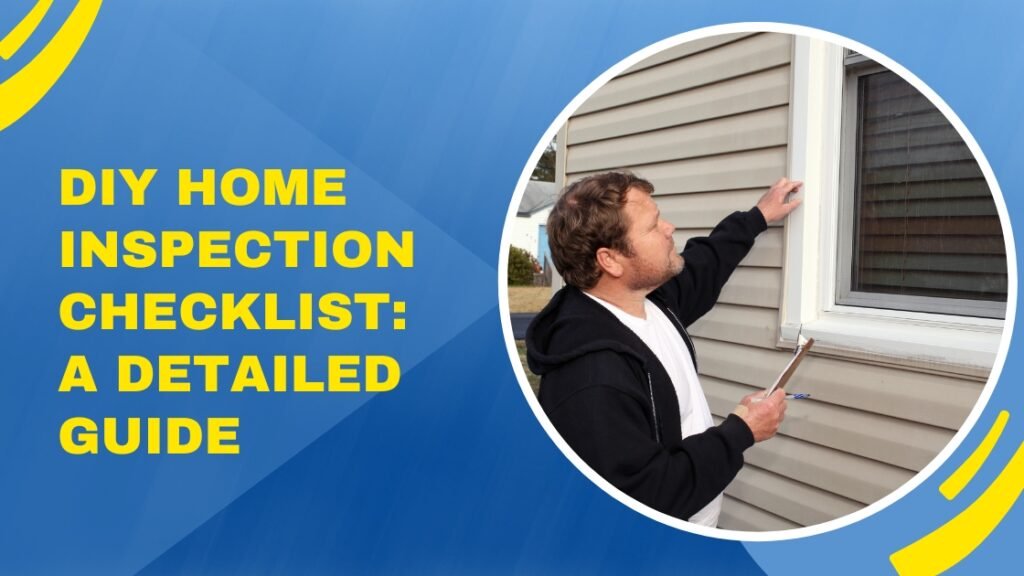
When it comes to buying or selling a home, one of the most critical steps is conducting a thorough home checkup. Hiring a professional inspector is always a good idea, but did you know that you can do a preliminary DIY home assessment yourself? This not only helps identify obvious issues but also prepares you for a professional assessment later on. In this guide, we’ll walk you through a detailed DIY home assessment listing that will cover both the exterior and interior of the home, along with other vital areas like plumbing, electrical, and safety.
Table of Contents
ToggleWhen Should You Perform a DIY Home Assessment?
You should perform a DIY house assessment at various key stages of homeownership to ensure that potential issues are addressed before they escalate. If you’re planning to buy or sell a home, conducting a DIY checkup before involving a professional can give you a clearer understanding of the property’s condition.
Seasonal checkups are another ideal time to perform a DIY home check. For example, inspecting your home before winter can help you identify areas that need insulation or sealing to prevent heat loss. Performing a DIY home assessment on a regular basis, especially before major weather changes, helps ensure your home remains in good shape year-round and prevents small problems from turning into bigger, more expensive ones.
Home Exterior Inspection Checklist
1. Roof
The roof is one of the most critical areas to inspect, as it shields the entire home from the elements. Begin by visually examining the roof from the ground or using binoculars. Look for missing, curling, or broken shingles, which could allow water to seep into the home. Check for any dark spots or areas that seem to be sagging, which could indicate moisture or structural damage. If you see signs of wear or damage, it may be time to consult a professional roofer for repairs or a replacement.

2. Chimney and Gutters
Inspect the chimney for cracks, crumbling bricks, or loose mortar, as these can indicate structural issues. A leaning chimney is a serious concern and should be addressed immediately by a professional. For the gutters, ensure they are firmly attached and not sagging. Gutters should be free from debris, as clogged gutters can cause water overflow, leading to water damage to the roof and the foundation. Check the downspouts as well, making sure they are directing water away from the house’s foundation. Well-maintained gutters are crucial for proper water drainage and preventing damage to your home.
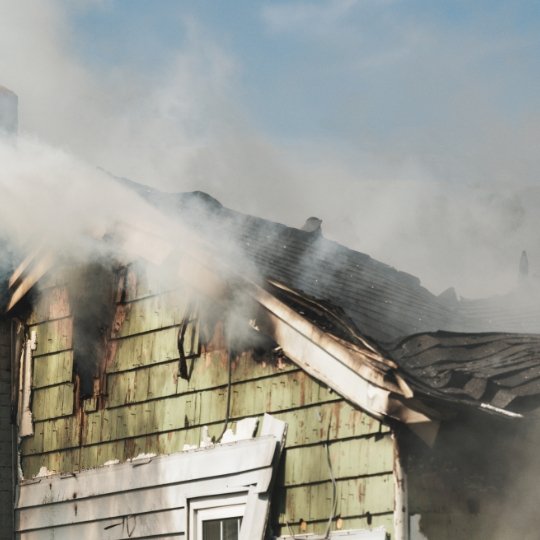
3. Doors, Windows, & Trim
Doors and windows are vulnerable points for drafts, water leaks, and structural damage. Examine them closely to ensure they open and close smoothly. Look for cracks in the glass, and check for any signs of moisture around the frames, which could indicate improper sealing. Pay close attention to the trim around doors and windows, as peeling paint or soft wood may suggest wood rot or insect infestation. Properly maintained doors and windows are essential for energy efficiency, security, and keeping the elements out.

4. Utility Connections
Utility connections, such as the water main, gas lines, and electrical service entry, should be inspected to ensure they are in good condition. For water and gas lines, check for visible signs of rust, corrosion, or leaks. The electrical service line should be securely attached to the house, and there should be no exposed wires or signs of wear. Any visible damage to these connections can lead to significant safety hazards and should be addressed by a qualified technician.
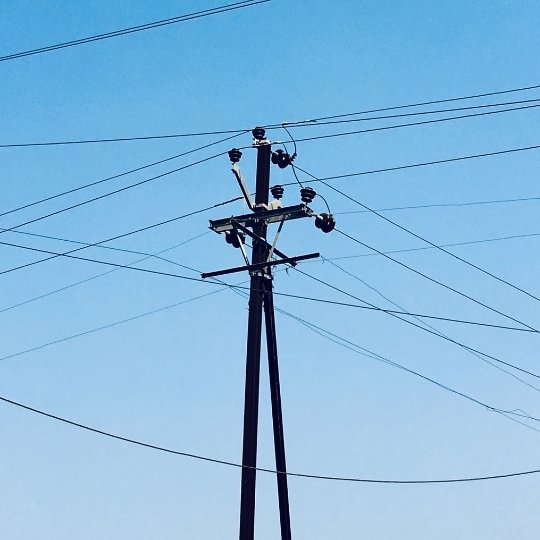
5. Inspect the Grounds
The condition of the grounds around your home can indicate drainage issues or potential risks to the foundation. Check for standing water or areas where water pools after a storm, as poor drainage can lead to erosion or water intrusion in the basement or crawl space. Look for cracks in walkways, driveways, or patios, as well as signs of ground settling around the foundation.
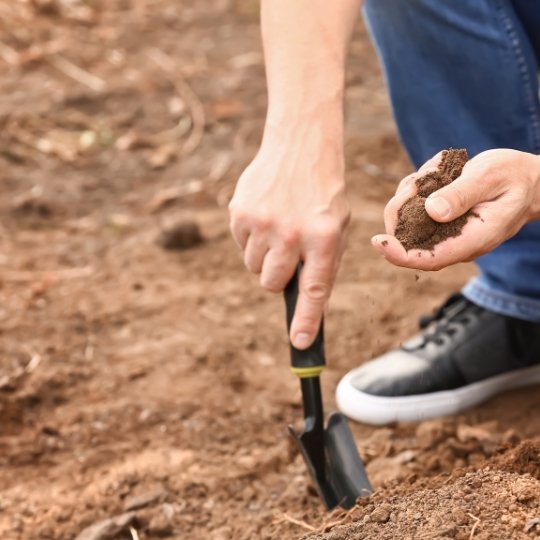
6. Building Structure
The structural integrity of the home is crucial to its long-term health. Walk around the exterior of the house and examine the walls, looking for any cracks, bulging, or misaligned elements that may indicate foundation problems. Pay attention to areas where the foundation meets the walls to ensure there are no gaps or signs of settling. If you notice bowing or tilting in walls, this could suggest structural shifts or damage that may require a professional evaluation. Keeping an eye on the overall structure ensures your home remains safe and stable over time.

Home Interior Inspection Checklist
Here’s an explanation for each point in your DIY Home Assessment Listings regarding plumbing, electrical systems, doors and windows, HVAC and major appliances, attic/basement/crawlspaces, and walls and ceilings:
1. Plumbing
Inspecting the plumbing system is essential for identifying leaks, clogs, and overall functionality. Start by checking all visible pipes for signs of corrosion, leaks, or damage. Examine faucets and showerheads for water flow and any dripping, which could indicate hidden issues. Don’t forget to check under sinks and around toilets for water stains or signs of moisture. Ensure that water pressure is adequate and that drains are functioning properly. A thorough plumbing assessment helps prevent costly repairs and potential water damage in the long run, making it a critical aspect of home maintenance.

2. Doors, Windows, and Furnaces
Inspecting doors and windows is vital for ensuring security and energy efficiency. Check that all doors and windows open and close smoothly, and examine seals for any gaps that may allow drafts or water leaks. Look for signs of rot, mold, or damage in frames, particularly in wooden structures. Furnaces should also be inspected for rust, dirt, or any unusual noises during operation. Regular maintenance of doors, windows, and heating systems not only enhances the comfort of your home but also helps in maintaining its overall value and energy efficiency.
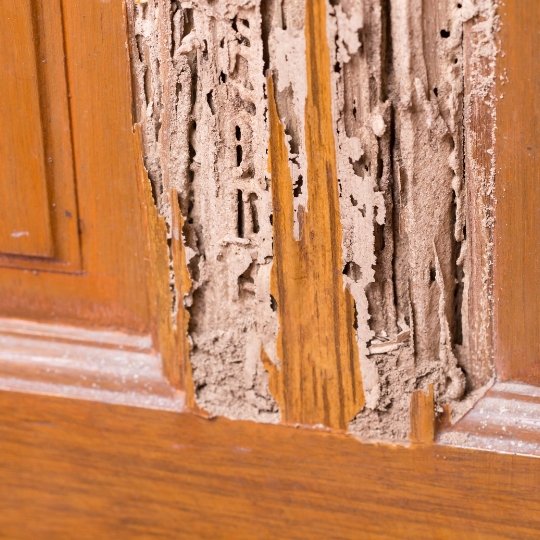
3. Electrical
A comprehensive electrical inspection involves examining the electrical system to ensure it is safe and functional. Begin by checking the service panel for any signs of rust, corrosion, or burnt wires. Test outlets to ensure they are functioning correctly and check for any exposed wiring, which poses a significant safety risk. Look for GFCI outlets in areas prone to moisture, like kitchens and bathrooms, as they are crucial for preventing electrical shocks. Ensuring that all electrical components are in good condition not only enhances safety but also contributes to the efficient operation of your home’s systems.
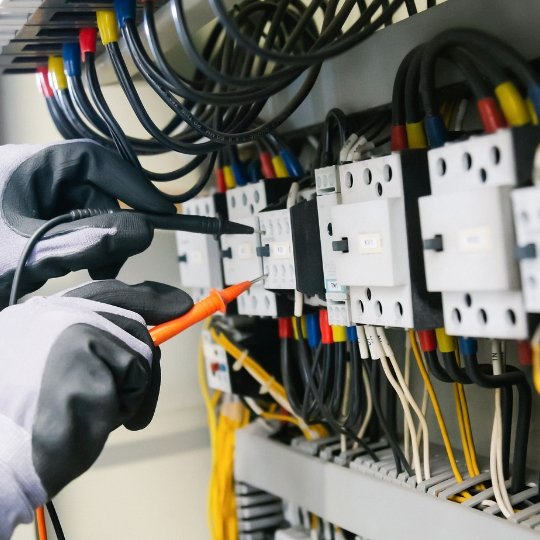
4. HVAC & Major Appliances
The heating, ventilation, and air conditioning (HVAC) system, along with major appliances, require regular inspections to ensure they are functioning correctly and efficiently. Start by checking the HVAC system for proper airflow and temperature control; replace filters if they are dirty or clogged. Inspect appliances like refrigerators, ovens, and washing machines for any visible damage or leaks. Regular maintenance, such as cleaning coils and ensuring proper ventilation, can extend the lifespan of these systems and appliances, ultimately saving you money on repairs and energy costs.

5. Attic, Basement, and Crawlspaces
Attics, basements, and crawlspaces are often overlooked but crucial areas for inspection. In the attic, look for signs of water damage, mold, or pest infestations, as these can lead to significant issues if not addressed promptly. Check insulation levels to ensure your home is energy-efficient. In the basement and crawlspaces, inspect for moisture, cracks in the foundation, or signs of mold, which can indicate water intrusion. Ensuring these spaces are dry and well-maintained is essential for preventing structural damage and maintaining indoor air quality.
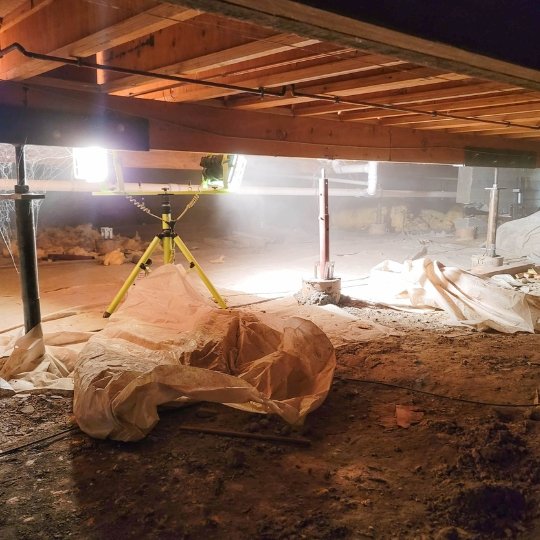
6. Walls and Ceilings
Inspecting walls and ceilings for cracks, stains, or signs of damage can reveal underlying issues such as water leaks or foundation problems. Pay attention to any areas with peeling paint or discoloration, which can indicate moisture intrusion. Check for signs of bulging or sagging in ceilings, as this may suggest structural concerns. Regularly assessing these surfaces helps maintain the integrity of your home and allows you to address potential problems before they escalate into major repairs.
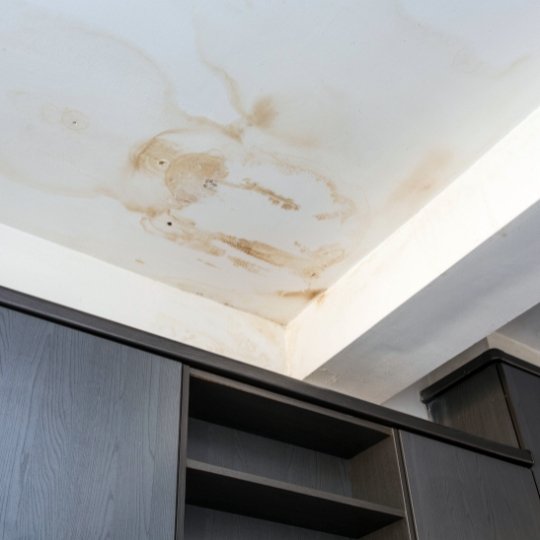
7. Kitchen
The kitchen is often considered the heart of the home, making its inspection crucial for functionality and safety. Start by examining all appliances, such as the stove, refrigerator, and dishwasher, for proper operation and any visible signs of wear or damage. Check the cabinets and countertops for stability, looking for any water damage or mold that may indicate leaks from plumbing or appliances. Inspect the plumbing under the sink for leaks or corrosion, ensuring all fixtures are securely attached and functional.

Pest Control Inspection
1. Identify Entry Points: Check for gaps or cracks in walls, windows, doors, and foundations where pests could enter the home. Sealing these entry points can help prevent infestations.Regular maintenance and inspection of these areas can help you stay ahead of pest problems .
2. Inspect Common Areas: Examine areas where pests are commonly found, such as kitchens, basements, and attics. Look for signs of pest activity like droppings, gnaw marks, or nests.Maintaining cleanliness in these areas, such as regularly cleaning up food spills and disposing of trash properly, can help deter pests .
3. Assess Outdoor Areas: Evaluate the exterior of your home, including gardens and landscaping. Overgrown vegetation can attract pests, so it’s essential to maintain a tidy yard.Additionally, consider planting pest-repellent plants or using mulch to create barriers .
4. Check Food Storage: Inspect food storage areas for sealed containers and signs of pest activity. Proper food storage can deter pests and maintain hygiene.Proper food storage practices can help maintain hygiene and prevent pests from infiltrating your kitchen .
5. Monitor for Signs of Infestation: Look for signs such as insect trails, webs, or damage to wood structures, indicating potential pest infestations. Early detection is key to effective pest control.If you notice any of these signs, it’s important to act quickly, as early intervention is key to effective pest control .
6. Consider Professional Help: If you discover significant signs of infestation, consult a pest control professional for a thorough assessment and treatment plan. Regular inspections can prevent future problems.
Safety and Security Checks
1. Test Smoke and Carbon Monoxide Detectors: Regularly testing smoke detectors and carbon monoxide alarms is essential for ensuring they function correctly. You should check them monthly by pressing the test button and replacing batteries at least once a year. Consider replacing the detectors themselves every 10 years to maintain effective safety standards .
2. Inspect Fire Extinguishers: Fire extinguishers should be easily accessible, properly charged, and within the expiration date. It’s recommended to check them monthly for any signs of damage, and they should be located near high-risk areas, such as the kitchen.
3. Secure Windows and Doors: Evaluate the locks on all doors and windows to ensure they function properly. Upgrading to deadbolts, adding window locks, or installing a comprehensive security system can enhance your home’s protection against intruders. Regularly inspect the integrity of doors and windows to identify any vulnerabilities .
4. Check Outdoor Lighting: Effective outdoor lighting is crucial for deterring potential intruders and improving visibility around your property. Make sure exterior lights, especially near entrances and walkways, are working properly. Consider using motion-activated lights to enhance security .
5. Review Emergency Exits:Identify and maintain clear emergency exits in your home in case of fire or other emergencies. Ensure that all family members know how to access these exits safely, and practice escape routes regularly to familiarize everyone with the process .
6. Create a Safety Plan: Establish a home safety plan that includes emergency contacts, escape routes, and procedures for various emergencies. Regularly review and update this plan with all household members.
7. Inspect Electrical Systems: Conduct regular inspections of your home’s electrical systems to look for frayed wires, overloaded outlets, and other signs of electrical hazards. Addressing these issues promptly can prevent electrical fires and ensure the safety of your home
Ensuring Your Home’s Integrity: The Importance of a DIY Home Inspection Checklist
A DIY home checkup is a crucial step for homeowners looking to maintain the integrity and safety of their properties. By systematically assessing key areas such as the roof, plumbing, and safety features, you can identify potential issues before they escalate into costly repairs. If you notice any concerns during your assessment, reach out to roof repair services in Houston to address these issues promptly. These professionals can conduct thorough evaluations to identify any damage and recommend necessary repairs, ensuring that your home remains secure and protected against potential threats.




